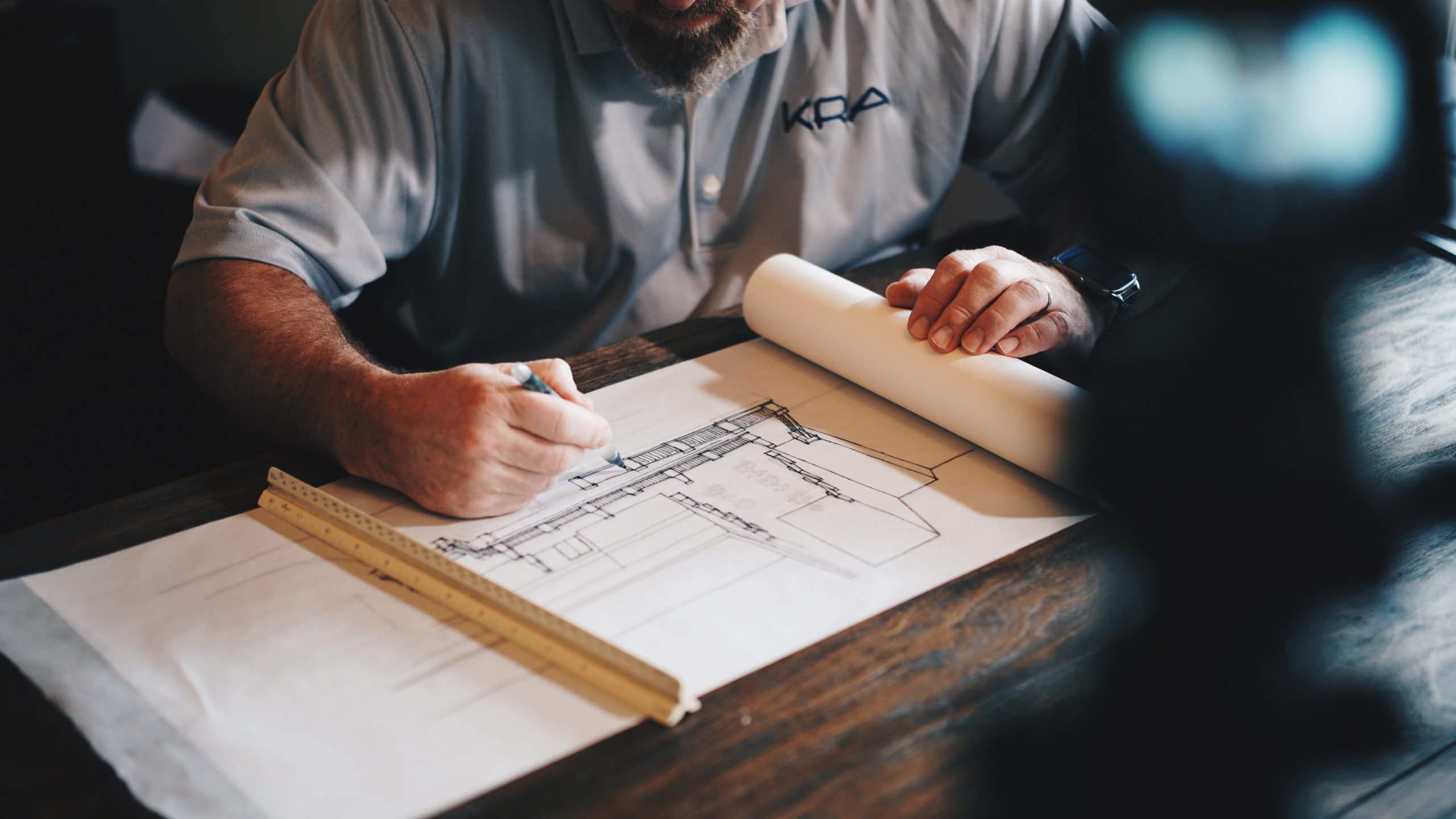
Expert tips to ensure your planning permission goes through
Are you planning to make a big change to your property? You’ll likely need planning permission.
You don’t have to apply for permission for cosmetic changes within your home. If you’re putting down new carpets, or painting the walls, you don’t need any approval. But if you’re making bigger changes, like extensions or even new fencing, then you should apply for planning permission.
Without planning permission, the work that you do will commit a planning breach. There’s a risk that you’ll have to set things right at enormous personal expense.
1. Start early
The sooner you communicate with your local authority, the more you can get them on board. A bit of back-and-forth conversation can help to improve your chance of success.
Churchill’s* figures even show that, every day in the UK alone, roughly 40 planning permission applications are made retrospectively. This is a big risk, and many of these applications are turned down. Getting advice before you make your application can help you to follow the rules.
2. Know why rejections happen
When most planning permission applications are rejected, it’s because the new structure’s ‘out of character’. Knowing this means that you can adapt any structure to fit with what’s there. Other reasons for rejection include intrusion on someone else’s privacy, a structure that reduces safety, or the structure’s impact on nature.
When you understand why rejections happen, you understand how to avoid them.
If you’re planning something that might reflect sunlight, you could cause dangerous glare. A change of angle, or a different material, could mean that your planning is approved.
3. Communicate with neighbours
Neighbours will be able to have their say, so it’s important to get them on your side. Most will be understanding if they know why you’re making changes, and feel that you’ve considered their needs.
If you apply for planning permission without consulting your neighbours, they may feel slightly aggrieved. They could complain for the sake of it, and it’s easiest to get approval from your neighbours before you officially apply.
4. Be prepared to make alterations
You’ll want to start with a degree of flexibility. If you’re asked to make changes, do your best. If you’ve got an idea that’s clear in your head, it can be hard to reframe your perspective. But if your idea won’t work, it’s better to adjust it than to take a more stubborn approach.
The planning officers want to help you to succeed. Don’t see them as the enemy, but an expert that’s working on your side. If they have suggestions to increase your chance of success, pay attention to what they are telling you.
5. Watch out for conditions
Once your planning permission has been approved, you’re still not out of the woods. Often, there will be some conditions that you’ll have to work into your project.
Those involved in making the decisions may not reject your application, but could still tell you that changes are needed. See this as an agreement in principle. Your project is approved if you do what you’re told, but be careful not to step out of line.
Conditions might include restrictions on the materials you use. You might be told how long you have to complete the changes to your property. You could be required to add certain drainage, or leave a specific tree in place. Don’t get carried away. Check conditions before you continue.
With our expert tips to ensure your planning permission goes through, you can enjoy the home renovation that you might have been preparing for years.
Enjoy the results of all your hard work, by finishing the project without any worries that you’ll be asked to reverse that you’ve done.
*Roof Maker does not promote any of Churchill’s services or products and is not part of any collaboration. Roof Maker is not responsible for any content shown on third-party websites.
